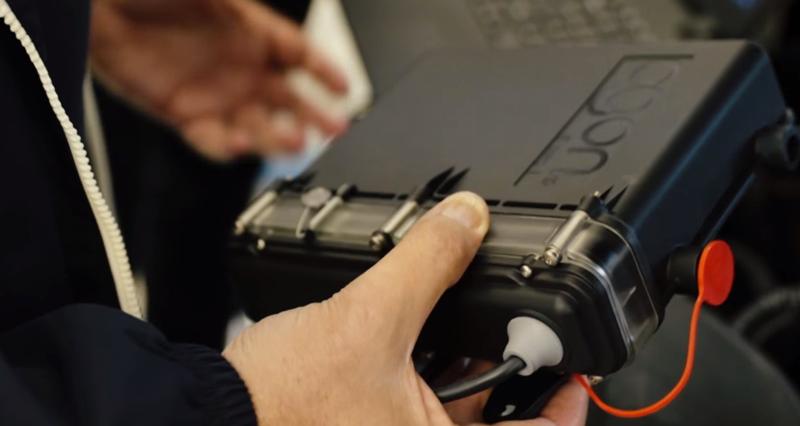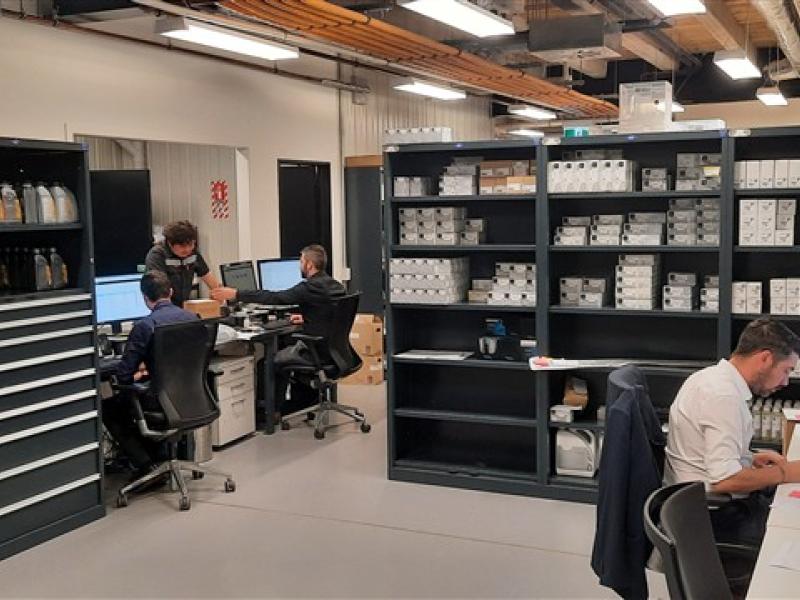A revolutionary new hydrogen additive developed in Britain, and which could drastically improve the emissions produced by an internal combustion engine and save fuel, is now available in New Zealand
Developed by British manufacturer CGON, and tested by experts, it is claimed the additive product can reduce emissions by as much as 80 percent and offer fuel savings of up to 20 percent.
CGON’s independently verified technology is said to significantly reduce emissions such as CO2, HC, NOx, PM and PN.
Designed, produced and manufactured in the UK, the 100 percent recyclable ezero hydrogen additive box is fitted within the engine bay and can be used on any fossil fuel engine, from petrol to diesel to LPG.
The system works by introducing small amounts of very pure hydrogen directly into the inlet chamber where it combines with the fuel-air mixture. The resulting hydrogen-fuel-air mix – which has a cooler burn that’s faster than a conventional mix – creates a more complete combustion cycle.
The result is that almost all waste gases are eliminated, drastically reducing harmful emissions. And because CGON’s technology increases engine efficiency, less fuel is used, with real-world drivers reporting savings of up to 20 percent. In addition, in a diesel engine, the much cleaner emissions also put less stress on the particulate filter, resulting in reduced maintenance and time off the road.
CGON’s technology uses the correct chemistry to efficiently create hydrogen by electrolysis. Its breakthrough came by selecting the correct materials for the cathode and the anode: a specific type of titanium with a special coating.
Combined with CGON’s electrolyte solution, this generates enough hydrogen at an extremely low current with no hazardous bi-products. The initial idea for the technology came from founder Brian Sheard, a Royal Navy Engineer on nuclear submarines.
CGON’s ezero products don’t store any hydrogen on-board at all but create small amounts on-demand. The ezero box is topped up every 10,000km with CGON’s patented electrolyte solution (a 1-litre bottle of electrolyte costs $15).
CGON produces three different variants of the ezero range, from the ezero1 aimed at smaller engines used in passenger cars and vans, with the ezeroH1 targeted at larger vehicles such as small coaches and light goods vehicles in the 7.5 tonne range, all the way up to the ezeroH2 model for the HGV and bus market.
The company’s flagship consumer product, the ezero1 has been independently tested on the road by Emissions Analytics, an expert in the use of Portable Emissions Measurements Systems (PEMS),.
For the urban drive cycle, independent PEMS testing has shown reductions of 91.3 percent in PN (Particulate Number, or soot) plus a 47.9 percent reduction in NOx and a 50.6 percent reduction in NO2. The ezero1 can be fitted to any internal combustion car in approximately one hour. The box costs $1,300 fitted plus GST. The CGON cells have a five-year guarantee.






